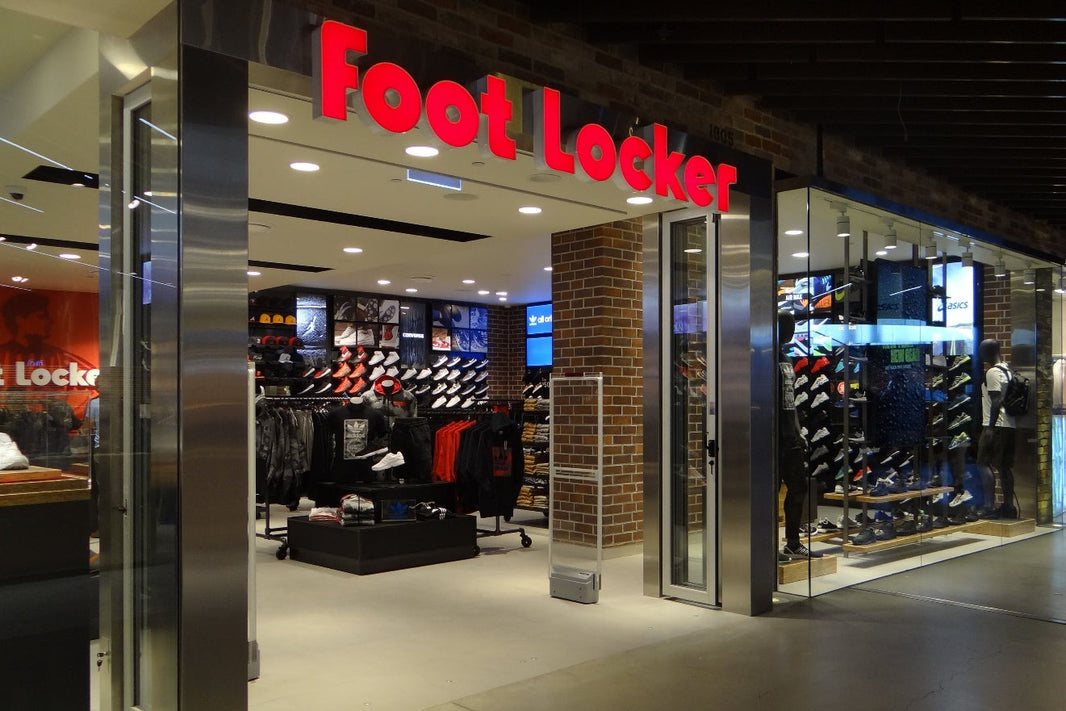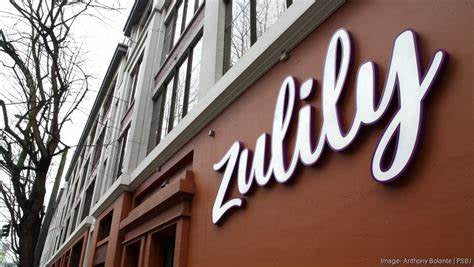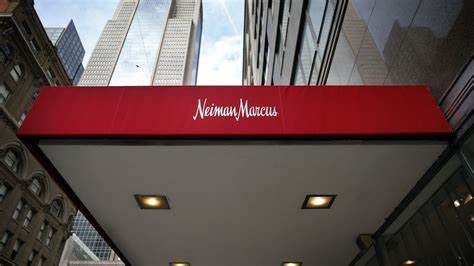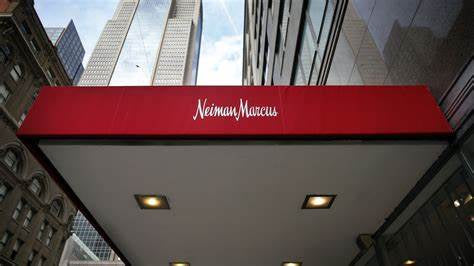Dollar General, a leading dollar store chain, is undergoing a significant transformation as it reevaluates its store footprint. The retailer recently announced plans to shutter 96 of its traditional Dollar General locations and 45 Popshelf stores—representing a 20% reduction in its higher-priced Popshelf format—as part of its Q4 earnings report. Alongside these closures, six Popshelf locations will transition into Dollar General stores in Q1. Despite these cuts, the company remains committed to growth, with plans to launch 575 new U.S. stores, fully remodel 2,000 locations, partially renovate 2,250 stores, and relocate 45 others in 2025.
Financial Performance Highlights
In Q4, Dollar General’s net sales climbed 4.5% to $10.3 billion, yet net income plummeted 52.4% to $191.2 million. For the full year, net sales rose 5% to $40.6 billion, while net income dropped 32.3% to $1.1 billion. Same-store sales saw a modest 1.4% year-over-year increase. These figures reflect broader economic pressures, including inflation and shifting consumer behaviors, prompting the retailer to rethink its approach.
Strategic Shifts Amid Economic Challenges
With inflation squeezing budgets, Dollar General is doubling down on enhancing its in-store experience. CEO Todd Vasos noted that the 96 Dollar General stores slated for closure—mostly urban sites—were increasingly difficult to manage and likely would have shuttered at lease expiration. The Popshelf closures, however, mark a more substantial 22% reduction, shrinking the banner to 180 stores. Launched nearly five years ago as a higher-priced alternative, Popshelf has shown promise with double-digit sales growth in many locations. Dollar General remains optimistic, aiming to boost Popshelf’s performance through new partnerships and an improved shopping experience, while applying these insights to refine its core brand’s nonconsumable offerings.
Analysts Weigh In on Store Footprint
Analysts, however, question whether these moves go far enough. Dollar General’s total store count stood at 20,594 as of January 31, following a net growth of 608 stores last year. Wells Fargo’s Edward Kelly suggests that while trimming underperforming locations is positive, the company’s declining returns on new stores may necessitate bolder action. Last year’s ambitious expansion included 800 new stores, 1,500 remodels, and 85 relocations, yet the recent closures represent only a fraction of its sprawling footprint.
Operational Improvements in Focus
To streamline operations, Dollar General is reducing inventory and SKUs, optimizing distribution center processes, and minimizing product handling to get items on shelves faster. After phasing out most self-checkouts in 2024, the retailer is set to introduce a next-generation point-of-sale system by mid-2025. “These efforts will strengthen our core business and elevate the customer experience,” Vasos emphasized.
Battling Competition and Delivery Trends
The retailer faces growing competition from Amazon, which is expanding same- and next-day delivery into rural areas—key Dollar General territory. Analyst Neil Saunders of GlobalData notes that while economic factors play a role, operational shortcomings like cluttered aisles, stock shortages, and staffing issues are hurting sales. He also highlights a subtle shift, with middle- and higher-income rural customers drifting away as delivery options improve.
To counter this, Dollar General is leaning into delivery partnerships. Its collaboration with DoorDash now covers over 16,000 stores, and a same-day delivery pilot launched in 400 locations is showing promise, with higher average basket sizes than in-store purchases. The company aims to expand this service to 10,000 stores by year-end. “Our vast store network positions us to offer a fast, compelling delivery option,” Vasos said, citing encouraging early feedback.
Looking Ahead: Growth Projections
For 2025, Dollar General forecasts net sales growth of 3.4% to 4.4% and same-store sales growth of 1.2% to 2.2%. While its turnaround efforts are gaining traction, Saunders cautions that store experience fundamentals need work to retain customers and fend off e-commerce rivals.
Why This Matters
Dollar General’s store closures, Popshelf adjustments, and delivery push signal a pivotal moment for the discount retailer. By balancing expansion with operational efficiency, the company aims to stay competitive in a challenging retail landscape shaped by inflation, evolving consumer habits, and digital disruption. Stay tuned as Dollar General refines its strategy to keep pace with today’s shoppers.






